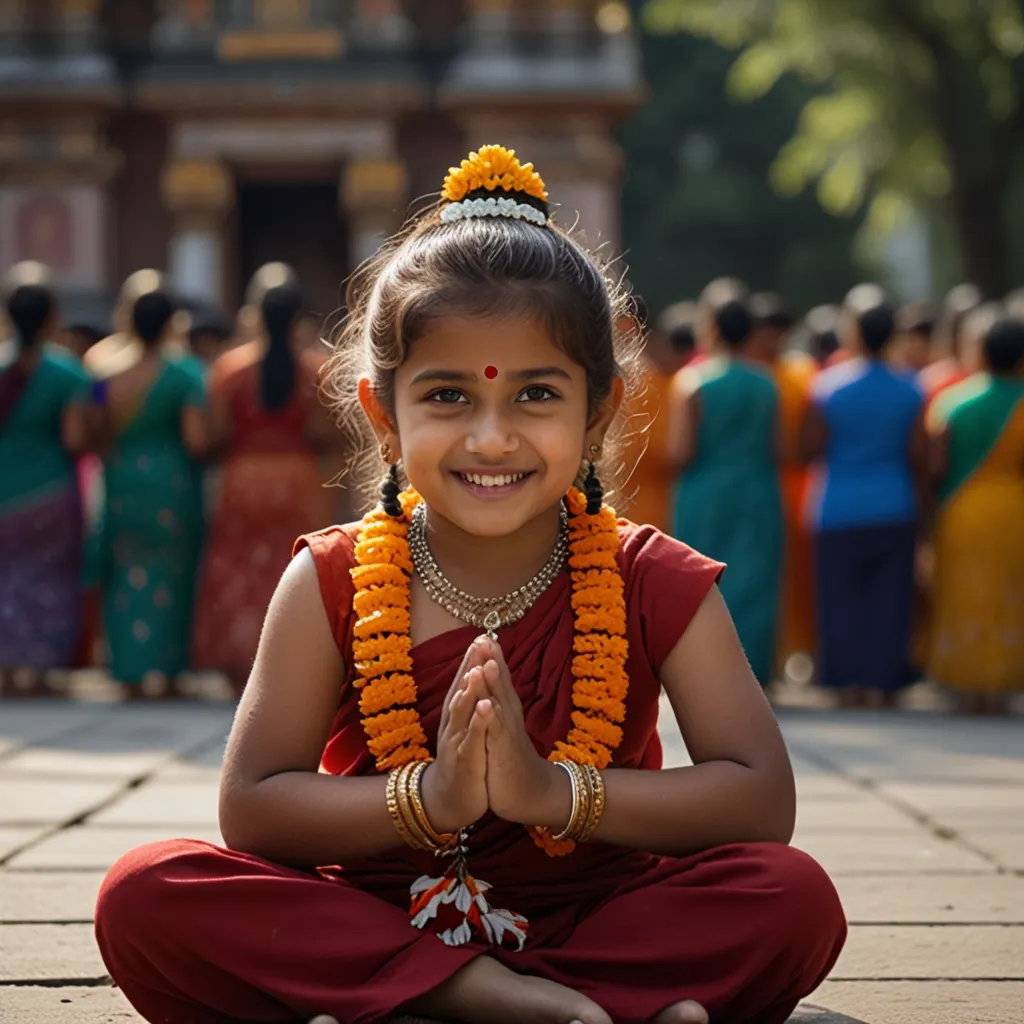Temples have always been more than just places to pray; they’re buzzing community hubs crucial to both personal and communal well-being. These sacred spots aren’t just about rituals; they’re where social lives blossom, cultural roots deepen, and personal growth thrives. Temples essentially weave a sense of belonging and unity among folks who visit them.
In many Hindu circles, temples go beyond the religious. They turn into vibrant cultural centers buzzing with events and activities that draw people together. Think festivals, educational programs, and social gatherings. Take the BAPS Swaminarayan mandir in Robbinsville, New Jersey, for example. It’s more than a temple; it’s a hotspot for guided tours, cultural shindigs, and educational events that everyone shows up for. This kind of inclusivity breaks down walls and bridges gaps among different communities.
Temples are also havens for personal well-being. They’re serene, peaceful spaces where you can find a bit of inner quiet. Hinduism’s mind-body connection means temples often host yoga and meditation classes, helping folks destress and find a better balance in life.
These temples aren’t just about personal spaces; they’re also pillars of support. Priests and volunteers often lend a listening ear and offer guidance, helping people navigate the rough patches in life. This support network is a lifeline for many, providing comfort when times get tough.
On top of it all, temples are living, breathing cultural and historical landmarks. They preserve ancient traditions and showcase stunning architectural styles, acting like living museums of Hindu heritage. Think about the iconic Angkor Wat in Cambodia or Prambanan in Indonesia. These sites draw visitors from all over the globe, blending religious significance with cultural tourism.
But preserving these sacred spaces is no walk in the park. Many temples face challenges like neglect, funding issues, and even threats of destruction. Keeping them up is essential not just for their cultural value but to ensure future generations can reap their benefits.
Modern temples are stepping up to meet changing community needs. They’re becoming more inclusive with programs that cater to diverse groups. Some temples offer educational sessions on philosophy and spirituality, tapping into the interests of younger generations who might be less about rituals and more about deeper understanding.
Temples play a complex, powerful role in community and personal well-being. They’re places of worship, cultural time capsules, social arenas, and spiritual sanctuaries. By adapting and evolving, temples can continue to offer a sense of belonging and well-being for many generations ahead.






